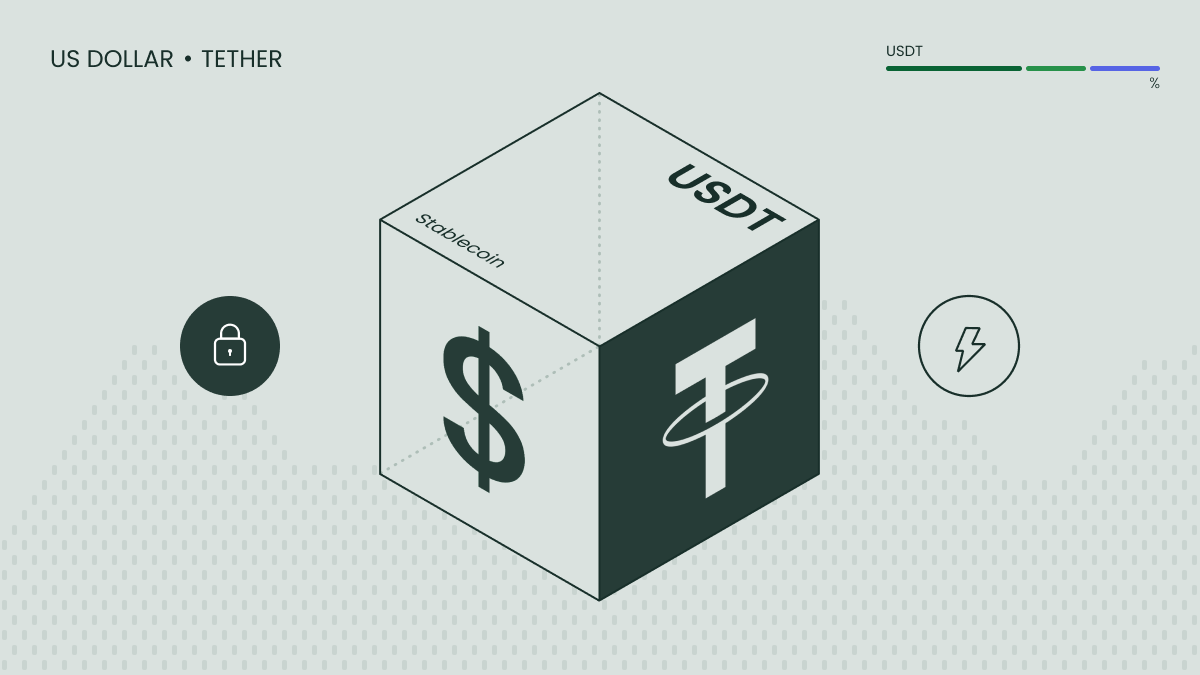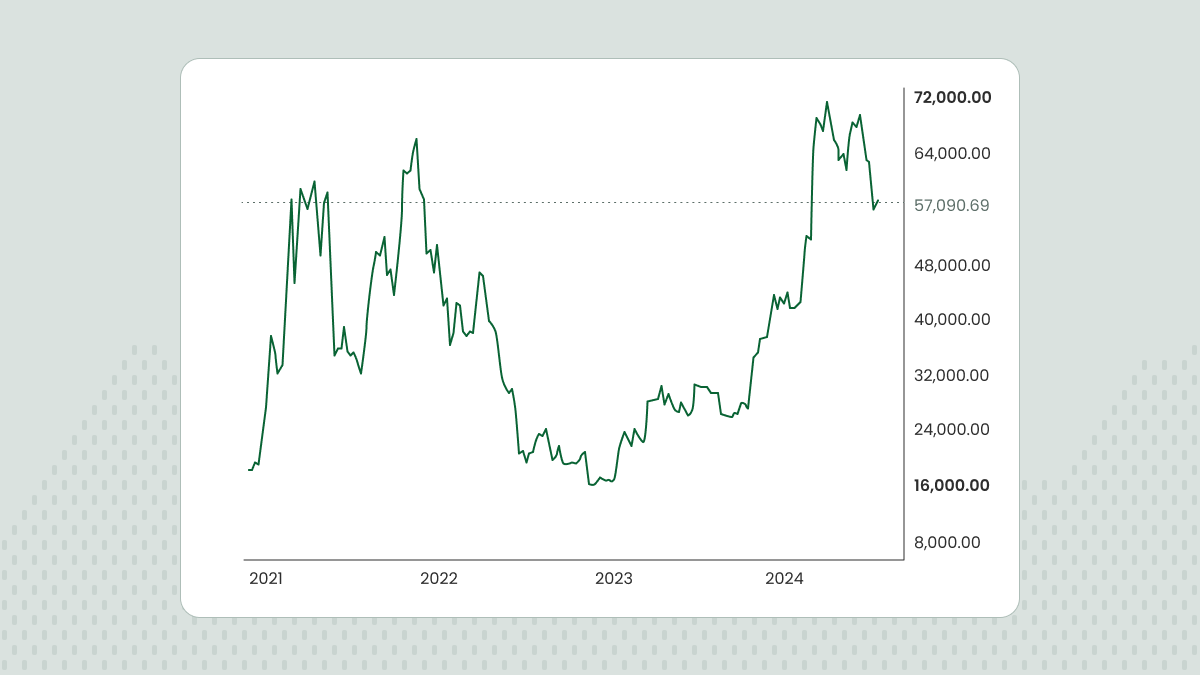Which types of stablecoins are there?
1. Stablecoins Backed by Commodity
Stablecoins that are pegged against commodities generally have the backing of hard assets for stability. The hard assets could include real estate or gold. However, the most used hard asset for collateralization of stablecoins is gold, with many stablecoins using a diversified collection of precious metals. Some of the examples of such tokens are Tether Gold (XAUt).
2. Stablecoins Backed by Crypto Assets
Crypto-collateralized stablecoins are backed by other cryptocurrencies. As the reserve cryptocurrency may also experience high volatility, stablecoins are typically ‘over-collateralized.’ This means that a larger number of cryptocurrency tokens are held in reserve to back a smaller number of stablecoins. For example, $2 000 worth of Ether may be held as reserves for issuing $1 000 worth of crypto-backed stablecoins, which accommodates for up to 50% of swings in reserve currency (Ether).
3. Stablecoins Backed by Fiat Currency
Fiat-collateralized stablecoins maintain a reserve of fiat currency, such as the US dollar, to back the issuance of an appropriate number of crypto coins. They are extremely popular, mainly because they are considered to be a printing machine of the cryptocurrency economy and provide stability in volatile markets. To comply with strict regulatory requirements, they need to undergo an audit procedure. The most popular fiat-collateralized cryptocurrencies in the world are Tether (USDT) and USD Coin (USDC)), with a total capitalization of over $150 billion.
4. Algorithmic stablecoins (Seigniorage)
Algorithmic stablecoins use algorithms to automatically increase or decrease digital currency reserves like real-life monetary supplies managers do. They are mostly gone now due to regulations.
5. Central banks digital currency (CBDCs)
CBDCs are digital currencies backed by a government’s central bank. They are a form of state-backed currency, just like a banknote. They are backed by states, not corporations or, in the case of Bitcoin, the blockchain. Since they are tied to a state’s currency, CBDCs will fluctuate along with the traditional currency. Most models of CBDCs are fully regulated under a central authority. China was the first country to introduce the Chinese Yuan as CBDCs in February 2021. They aren’t popular in the crypto community due to 100% centralization and the absence of anonymity.
Give it up for Tether!
Tether or USDT is the biggest and most popular stablecoin with an overall market capitalization of more than $62 billion!

Tether was specifically created to bridge the gap between fiat currencies and cryptocurrencies, providing users with stability, transparency, and minimal transaction fees. It is pegged against the US dollar and maintains a 1-to-1 ratio with the U.S. dollar in terms of value.
On the other hand, Tether has a drawback. Tether has been accused of a lack of transparency and discrepancies in its collateralized reserves. The US SEC was suing Tether, stating that the company didn’t have enough USD to collateralize every issued USDT. However, accounting firm Moore Cayman attested to an “assets and liabilities” report from Tether in February. As of February 28, 2021, Tether held more than 100% of assets to back the issuance of fiat and commodity-backed stablecoins. The US didn’t stop, and six months later, the Justice Department asked for reserves confirmation. On August 9, 2021, Tether released another assurance report, once again confirming that their reserves are fully backed.
What are the risks?
Probably the biggest risk regarding stablecoins is centralization. Stablecoins must be collateralized with an asset, you can’t just mine it like a Bitcoin or earn as a reward for being an active member of the network. Therefore, even though this is still cryptocurrency, and all transactions are visible to everyone, irreversible and safe, the issuing of new tokens is in the hands of few. Some people were accusing stablecoins issuers of pumping the cryptocurrency market with constant tokens printing.
Cryptocurrency is a young and ambitious finance industry with rapid growth and constantly emerging opportunities. Make sure not to miss out!


